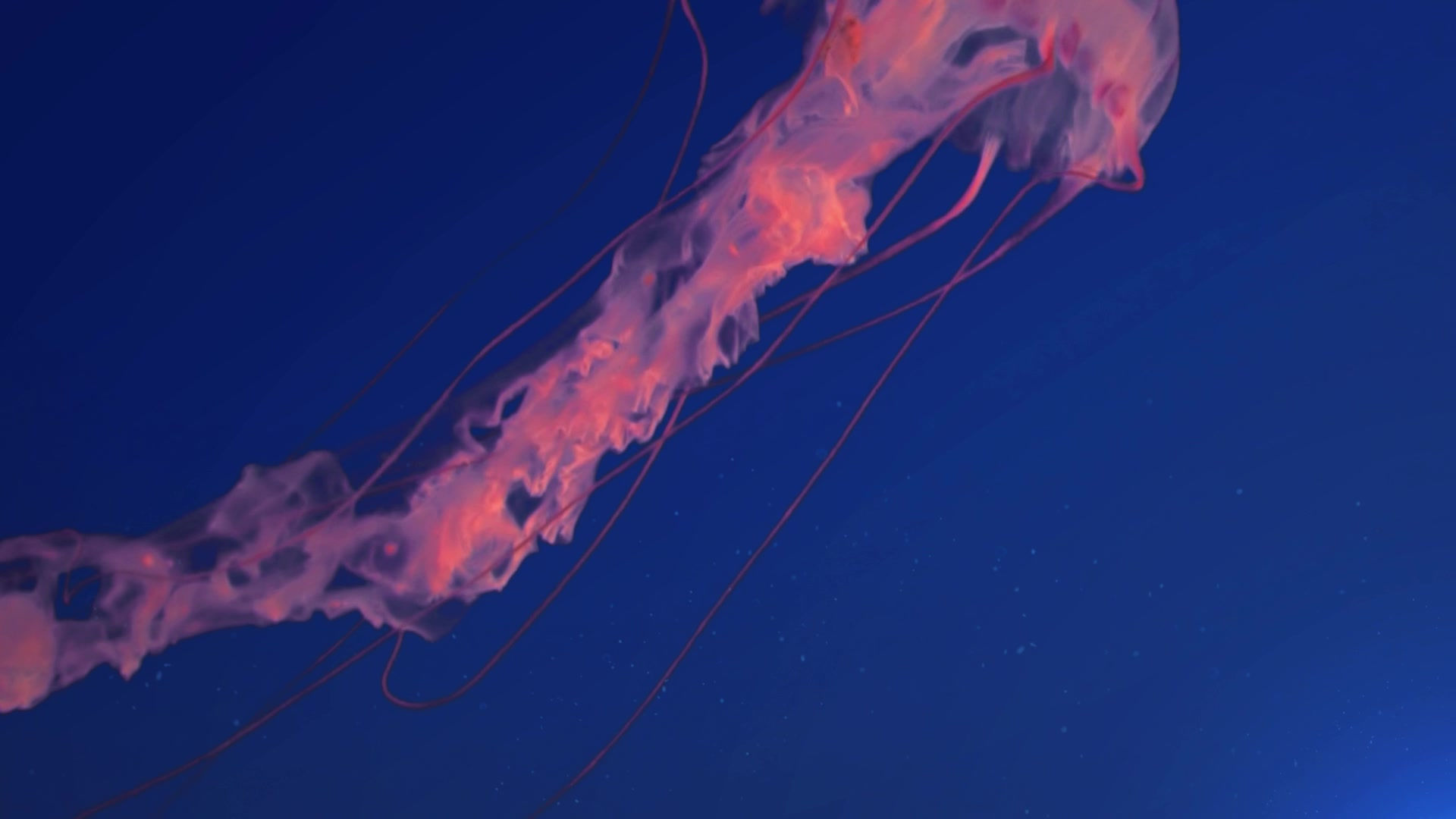
SC.912.L17.4 Ecosystems Changes and Succession
You need to know the potential changes in an ecosystem resulting from seasonal variations, climate changes and/or succession
Seasonal Changes Affect Ecosystems
Seasonal changes can affect the availability of resources in an ecosystem. For example, in areas with cold winter, plants often become dormant during the winter. Many animals migrate during the winter. Migration changes the makeup of an ecosystem because the number of animals increases or decreases.
Climate Change Affects Ecosystems
Earth's climate has changed many times. Scientists have learned about this changes by studying ice cores. An ice core is a long cylinder of ice that is removed from a glacier or an ice cap by drilling. Ice caps form yearly layers of ice that reveal the concentration of various gases in the atmosphere when they formed. The amount of these gases are affected by climate. Ice cores showing the history of earth's climate for the past 740,00 years indicate that Earth experienced eight ice ages.
Florida was much larger and drier during the last ice age. The Everglades formed about 400 years ago when the climate of Florida was like that of today Comparison of atmospheric samples contained in ice cores and more recent direct measurements, provides evidence that atmospheric CO2 has increased since the Industrial Revolution.
Ecological succession is a series of somewhat predictable changes that occur in a community over time. Ecological succession can be classified as either Primary succession or Secondary succession. Over the course of succession, the number of different species usually increases.
Primary succession begins in areas with no remnants of an older community. It occurs on bare rock surfaces where no soil exists. Volcanic eruptions, or floods that carry away even the soil, can create conditions for primary succession.
The first species to live in an area of primary succession are called pioneer species. Pioneer species include bacteria and lichens, which can live on bare rock. Lichens are composed of two organisms- a fungus and a green alga- that live in a symbiotic association. The fungus anchors the lichen to the surface and absorbs water and useful chemicals from the surface.Also, protects the alga from direct sunlight. The green alga performs photosynthesis providing food for itself and the fungus. As lichens grow, they make acids that begin to break down the rock, helping to form soil.
Once the soil has formed, small, shallow-rooted plants such as grasses can grow. Animals that eat grasses move into the area. As the grasses grow they shade the lichen, competing for sunlight. After grasses have lived in the area for many generations, there will be enough soil to support shrubs, deep rooted flowers, and eventually shallow-rooted trees such as pines. Animals that eat those plants move in. After many years the pines may be replaced by deep-rooted deciduous trees such as maples or oaks. Those can grow in the shade of the existing pines trees, where pine seedling cannot.
There is NO SOIL
Secondary succession occurs when a disturbance changes or partially destroys an ecosystem without destroying its soil. Actions such as abandoning an area of farmland or a forest fire can lead to a secondary succession.
SOIL IS PRESENT
Climax Communities A climax community is a mature, relatively stable ecosystem.
Succession After Natural Disturbances
Secondary succession in healthy ecosystems following natural disturbances often reproduces the original climax community.
For example, healthy coral reefs and tropical rain forests recover from storms. Healthy temperate forests and grasslands recover from wildfires.
Succession After Human-Caused Disturbances
Ecosystems may or may not recover from extensive human-caused disturbances.
Clearing and farming of tropical rain forests, for example, can change the microclimate and soil enough to prevent regrowth of the original community.




